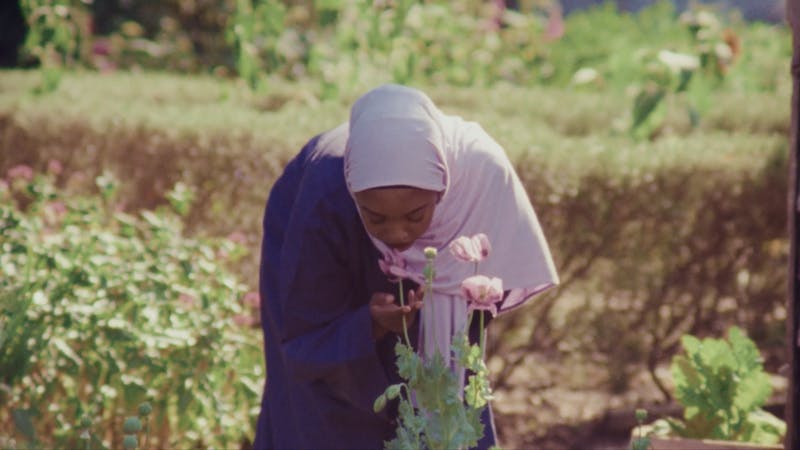Amaal Said is a London-based multidisciplinary artist whose work encompasses visual storytelling and community engagement. Born in Denmark to Somali parents, her photography has been featured in Vogue, The Guardian, and The New Yorker. She has exhibited internationally and received the Southwark Council’s I Create grant for her film Notes on Getting Home in 2022. As a Picture Researcher at Hyphen, she curates visuals to amplify Muslim narratives. Amaal holds an MA in Art & Politics from Goldsmiths and a BA in Politics from SOAS.
Red House is a building of extraordinary architectural and social significance, the only house commissioned, created and lived in by William Morris, founder of the Arts & Crafts movement. Designed by Philip Webb and completed in 1860, it was described by Edward Burne-Jones as 'the beautifullest place on earth'. The rooms at Red House give a unique view of William and Janey's life and the establishment of what later became Morris & Co. Red House boasts original features and furniture by Morris and Philip Webb, stained glass and paintings by Burne-Jones and embroidery by Jane and Elizabeth Burden. Coupled with bold architecture and a garden designed to 'clothe the house', they add up to a fascinating and rewarding place to visit.
The Open Road is a series of artists' moving image works, co-commissioned by a partnership of visual arts organisations: Film and Video Umbrella, The Amelia Scott, Cement Fields, FLAMIN, Forma, and Three Rivers.
The Open Road reimagines the age-old tale of a journey taken, weaving together new stories by three contemporary artists. The works are loosely inspired by The Canterbury Tales, drawing from a disparate cast of characters to recount competing stories in a patchwork of styles. David Blandy, Amaal Said and Sam Williams each draw on storytelling traditions to give fresh perspectives on their journeys, on foot, by sea and through time. The newly commissioned works meander through reflections on migration and belonging, untold histories and non-human connections. A smashed mobile phone decries its extraction, removed, returned and dug out from the earth. A daughter recounts a meandering walk with her mother, connecting with the earth underfoot and a land far away. A manifestation of an eel acts as a vessel for both human and non-human experiences in the Kent wetlands.
